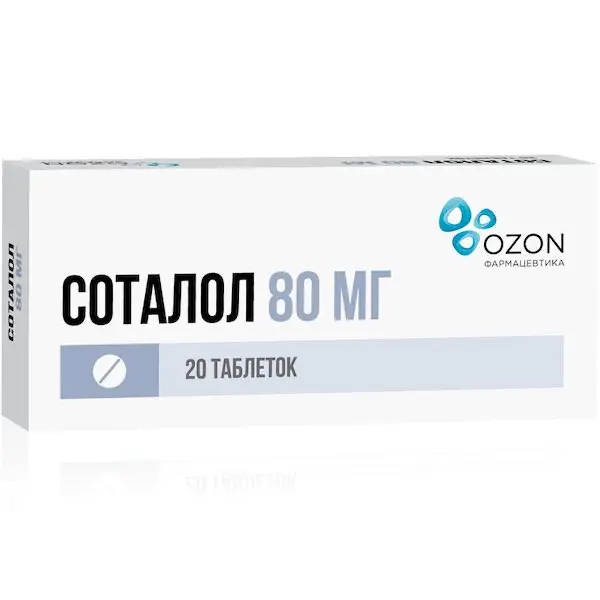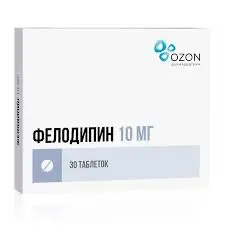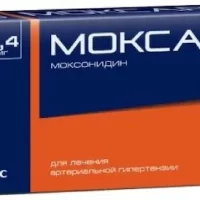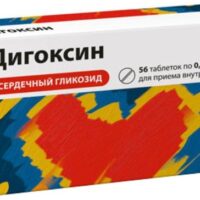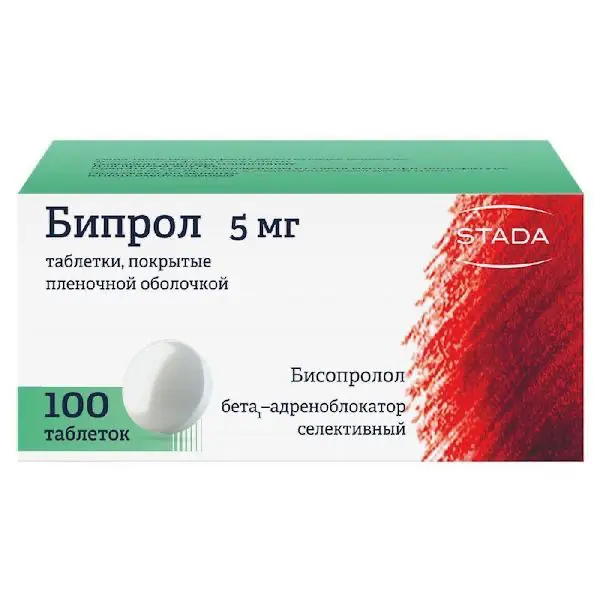Description
Sotalol Pharmacodynamics
Sotalol is a non-selective beta-adrenergic receptor blocker that acts on both beta1- and beta2-receptors and has no sympathomimetic activity (SMA) or membrane-stabilizing activity (MSA) of its own. Like other beta-adrenoblockers, sotalol suppresses renin secretion, and this effect is pronounced both at rest and during exercise.
The beta-adrenoblocking effect of the drug causes a decrease in heart rate (negative chronotropic effect) and a limited decrease in heart force (negative inotropic effect). These changes in cardiac function reduce myocardial oxygen demand and cardiac workload.
The antiarrhythmic properties of sotalol are associated with both the ability to block beta-adrenergic receptors and the ability to prolong myocardial action potential. The main effect of sotalol is to increase the duration of effective refractory periods in atrial, ventricular and accessory pulse conduction pathways. On electrocardiograms taken in standard leads, the properties corresponding to the II and III class of antiarrhythmic drugs may be reflected in the form of prolongation of PR, QT and QTc intervals (QT with correction for heart rate) with no noticeable changes in the duration of QRS complex.
Indications
Prevention of paroxysmal atrial tachycardia, paroxysmal atrial fibrillation, paroxysmal atrioventricular return tachycardia of the “re-enter” type, paroxysmal atrioventricular return tachycardia based on additional conduction pathways and paroxysmal supraventricular tachycardia after surgical intervention, Wolf-Parkinson-White syndrome
maintenance of normal sinus rhythm after the termination of atrial fibrillation or atrial flutter;
treatment of symptomatic unstable ventricular tachyarrhythmias and symptomatic premature ventricular contractions;
Treatment of arrhythmias caused by excess catecholamines circulating in the blood or by hypersensitivity to catecholamines
Contraindications
Hypersensitivity to sotalol or other drug components and sulfonamide derivatives;
Decompensated chronic heart failure;
Cardiogenic shock;
Atrioventricular block of II and III degree;
Sinoatrial block;
Sinus node weakness syndrome;
Pirouette-type tachycardia;
Severe bradycardia (heart rate less than 50 bpm).
Congenital or acquired syndromes characterized by prolongation of QT interval;
Bronchial asthma or chronic obstructive pulmonary disease (COPD);
Pheochromocytoma without concomitant administration of alpha-adrenoblockers;
Renal insufficiency (creatinine clearance less than 10 ml/min);
General anesthesia causing suppression of myocardial function (e.g., cyclopropane or trichloroethylene);
Arterial hypotension (systolic BP less than 90 mm Hg);
Concomitant use of monoamine oxidase inhibitors (MAOIs);
Period of lactation;
Severe peripheral circulatory disorders, including Raynaud’s syndrome;
Metabolic acidosis;
Under 18 years of age (efficacy and safety not established).
Dosage and administration
- The drug is taken orally 1-2 hours before a meal.
- At the beginning of treatment, it is recommended to take 160 mg per day in two doses (about 12 hours later). If necessary, this dose can be increased after adequate clinical evaluation of the patient’s condition to 240 or 320 mg per day. In most patients, therapeutic response is achieved on a total daily dose of 160 to 320 mg divided into two doses. Some patients with life-threatening refractory ventricular arrhythmias may require up to 480 to 640 mg of the drug daily; however, such doses should only be prescribed when the potential benefit outweighs the increased risk of side effects, especially proarrhythmogenic effects.
- In patients with cardiomyopathy, chronic heart failure, angina pectoris, arterial hypertension, conditions after myocardial infarction, it is recommended to start treatment under hospital conditions. The initial dose is 160 mg per day in one or two doses. After a week, the dose can be increased, if necessary, by 80 mg/day (1 tablet of 80 mg or ? tablets 160 mg) at weekly intervals. The rate of dose increase depends on the patient’s tolerability of the drug, which is assessed, in particular, by the degree of induced bradycardia and clinical response. Due to relatively long elimination half-life in most patients, sotalol is effective when taken once a day. Dose interval: 160 to 320 mg/day.

